Everyone remarks upon the hands of the skilled pianist, but even the most dexterous keyboard artist couldn't pull off Schubert without using some fancy footwork.
Familiarize yourself with the names of the pedals. There's the damper pedal, the soft pedal, and the sostenuto.
Find the damper pedal, which is located on the right. Played with the right foot, it offers a fuller, more fluid sound.
Find the soft pedal next, located on the left and played with the left foot. The soft pedal produces a fantasy-like musical effect.
Now find the sostenuto pedal, which is in the middle and played with the left foot. The sustenuto sustains the sound long after fingers are taken off the keys.
As your fingers press the keys whose sound you want to enhance, apply pressure to the pedal of your choice with the tip of your toe.
Keep your heel on the ground—it should just be used as a pivot.
Depending on the pedal you have chosen, you can either remove your finger from the key at this point, letting the pedal effect linger, or you can hold both the key and pedal down.
Keep the pedal down for as long as you want its effect to last.
Practice your new pedaling skills with a variety of songs—so you can tell your friends you've learned how to play the piano with your feet.
Although a crude version of the piano—the clavichord—was around as early as 1400, the piano pedal wasn't introduced until 1784.
Just updated your iPhone? You'll find new emoji, enhanced security, podcast transcripts, Apple Cash virtual numbers, and other useful features. There are even new additions hidden within Safari. Find out what's new and changed on your iPhone with the iOS 17.4 update.









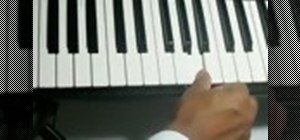








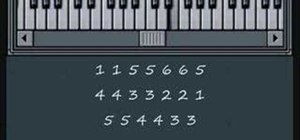



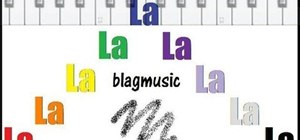

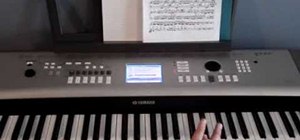


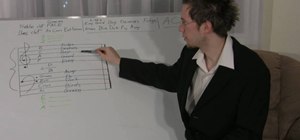

Be the First to Comment
Share Your Thoughts